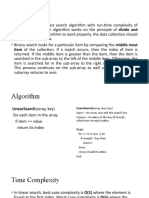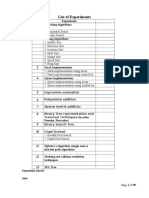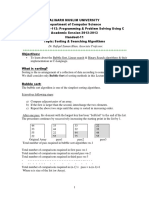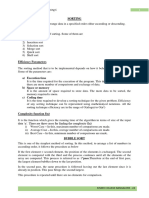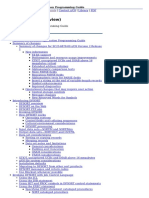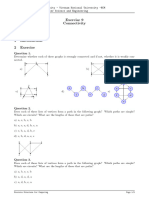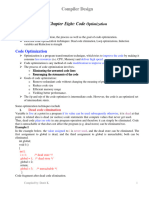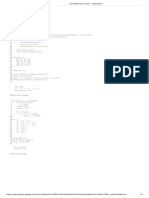0% found this document useful (0 votes)
12 views30 pagesUnit 2 Searching & Sorting
The document covers various searching and sorting algorithms implemented in C, including Linear Search, Binary Search, Bubble Sort, Selection Sort, Insertion Sort, and Quick Sort. Each algorithm is explained with its methodology, time complexity, and sample code. The document emphasizes the efficiency and application of these algorithms in data structures.
Uploaded by
atharvdhekane08Copyright
© © All Rights Reserved
We take content rights seriously. If you suspect this is your content, claim it here.
Available Formats
Download as PDF, TXT or read online on Scribd
0% found this document useful (0 votes)
12 views30 pagesUnit 2 Searching & Sorting
The document covers various searching and sorting algorithms implemented in C, including Linear Search, Binary Search, Bubble Sort, Selection Sort, Insertion Sort, and Quick Sort. Each algorithm is explained with its methodology, time complexity, and sample code. The document emphasizes the efficiency and application of these algorithms in data structures.
Uploaded by
atharvdhekane08Copyright
© © All Rights Reserved
We take content rights seriously. If you suspect this is your content, claim it here.
Available Formats
Download as PDF, TXT or read online on Scribd
/ 30

















































